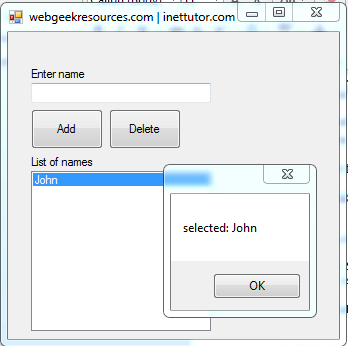Introduction to Visual Basic .Net
Microsoft Visual Basic .Net is a high level programming language used to create Graphical User Interface application (GUI) intended to run on Microsoft Operating Systems alongside with its integrated development environment (IDE).
VB.Net is implemented on the .Net Framework which includes hundreds of classes and library that provides data access, data connectivity, web application development and network communications.
The Programming language was first released on 2002 as the successor of its classic version of Visual Basic.
There are to 2 editors for developing Visual Basic .Net: the latest version of Visual Studio which is the paid version, Microsoft Visual Studio 2013 and the free of cost the Visual Studio Express Edition 2013.
Advantages of Visual Basic .Net over classic Visual Basic (VB6)
Visual Basic .Net has a lot of programming concepts incorporated into it: Polymorphism, Inheritance and Encapsulation (PIE), operation overloading, threading, data binding, class-level attributes and operations.
Visual Basic .Net is the future development tool for Windows together with other .Net Programming languages. Visual Basic 6 is still supported on Windows 8 but I don’t think it will be supported in the future.
In general Visual Basic .Net has the following advantages over Visual Basic 6
• Better Integration
• Better Scalability
• Better Performance
• Better Security
Hardware requirements
• 1.6 GHz or faster processor
• 1 GB of RAM (1.5 GB if running on a virtual machine)
• 20 GB of available hard disk space
• 5400 RPM hard disk drive
• DirectX 9-capable video card that runs at 1024 x 768 or higher display resolution


